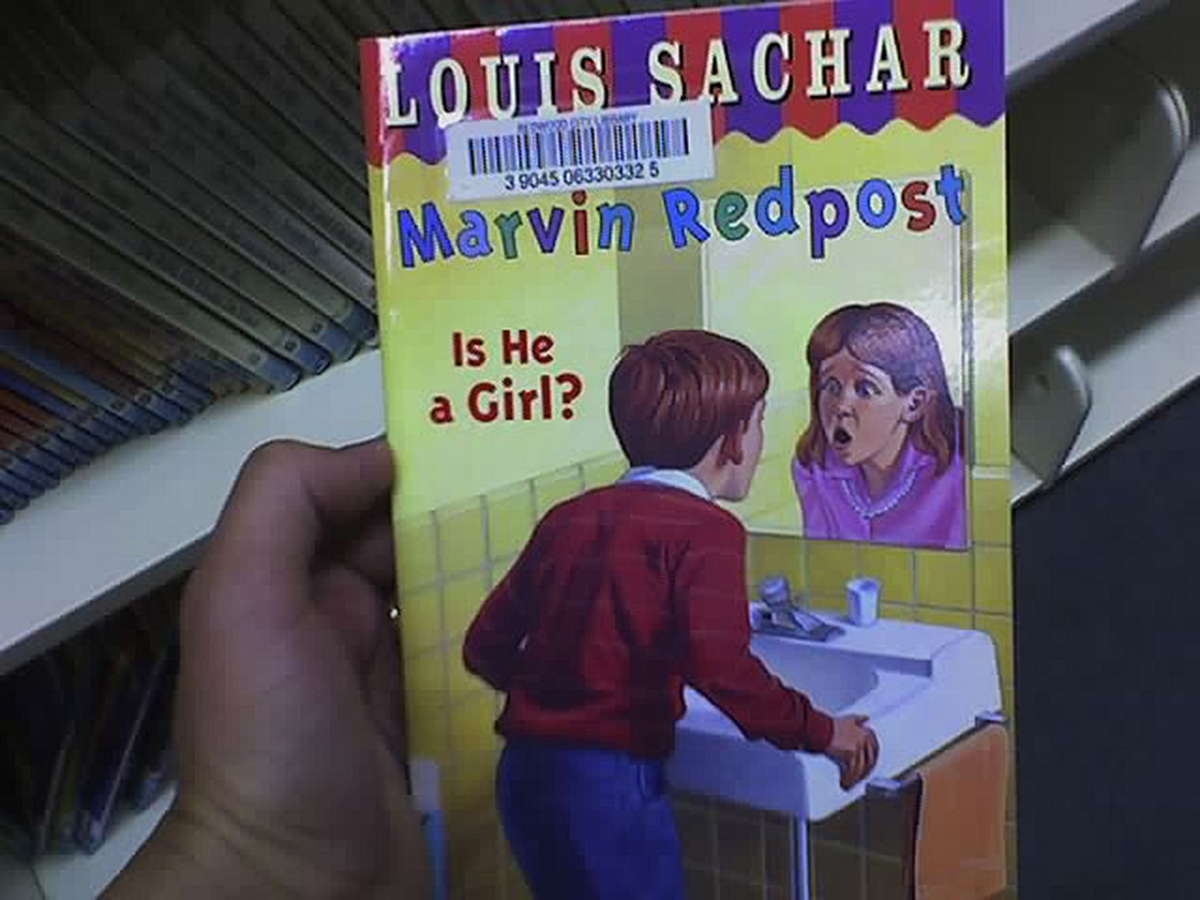Childhood gender identity can be complex. Where does it come from, what does it mean and what should parents and carers do about it?
Gender can seem like it's simple. Most of the time, we certainly act as if it is. The first time you meet someone, you’ll use cues like hair, face presentation, clothing, body language, voice and verbal cues like the way they talk to figure out whether they’re a man or a woman, a boy or a girl. And from the moment a couple has a baby, it starts with the first question: is it a boy or a girl?

Sex is relatively easy to ascertain, though again, it’s not as clear-cut as many biological essentialists would have us believe. The existence of XYY men, carrying an extra Y chromosome, or of intersex people born with ambivalent physical sex characteristics, should indicate that. In the majority of cases, though, the answer to biological sex is visible between a newly born person’s legs. Gender, however, is between your ears, and figuring out gender identity can be more complex.
When do we start figuring gender out?
In fact it’s a process that starts at a very young age.
By 7 months: infants can tell the difference between male and female voices and will turn their heads to the parent who is talking.
By 12 months: Infants can tell the difference between male and female faces, and can apply the gender differentiation they learned from their parents to adults who aren’t their parents.
By 2 years: Gendering has usually begun by this age. Toddlers begin to gender play, with boys and girls selecting the “gender-appropriate” toys. The extent to which this is a result of socialization is still under debate but what is known is that socialization by peers and parents is accompanied by “self-socialization” in which toddlers internalize ideas about the gender they identify with.
By 3-4 years: Gendering is less experiential and more about creating and designating categories. Learning to classify the world around us is a vital part of learning to think and children use gender as one of these categories. They’ll often make statements that are really questions and there’s a significant amount of room for parental intervention and education.
READ Could My Child Be Transgender? Exploring The Signs And The Future
By age 4-6: children are beginning to understand “gender scripts.” Scripts are a way of categorizing narrative into types. So around this age children will begin to see certain activities or narratives as inherently male or female, usually starting with what they regard as most characterisitic or those they’re most exposed to.
By about 7 most children have a clear understanding of gender: they understand that it inheres in the person, not the behavior or apparel, so that a woman who lifts weights or drives a truck isn’t a man because she does stereotypically masculine things, for instance.
That tells us when children go through some basic goalposts or changes, but not much about how identity itself is formed.
Childhood Gender Identity: The Lowdown
Gender identity is part of our sense of self — our idea of who we are. It’s not dictated by biological sex and it’s not necessarily binary either. It’s important to note that it’s not always going to align with society’s expectations of gender too. We’re all quite familiar with the way expectations of women have changed over the last couple of hundred years. A woman who is now regarded as perfectly ordinary would have been regarded as a mannish freak in the past for wearing trousers, earning her own money at a managerial or construction job, arguing with her husband, playing judo and drinking in public.

Because children think in a less sophisticated way than adults they can be quite rigid when it comes to categorization. They also don’t understand consequences so well and can be more self-directed, including in the matter of being unkind to others. As a result, children who don’t act the way contemporary society thinks they should can be cruelly bullied. It’s important for parents to understand and emphasize that it’s the bullying, not their child, that’s the problem!
Childhood gender identity can be as varied and even as complex as adult gender identity. It’s complicated by the fact that children change very rapidly. For instance, a boy who shows a marked preference for dressing in girls’ clothes at the age of three might have no idea that his behavior would be considered unusual for someone of his gender. It doesn’t mean he’s really a girl, or that he’ll grow up to be gay, or a cross-dresser.
READ Myths About Transgender Identities
The same behavior in a boy of fourteen is likely to have different implications, but it’s important not to jump to conclusions: not everyone who doesn’t conform to the expectations of their gender is transgender. Many will grow out of the phase they’re in, as they have so many others and will so many more. Others will go on to non-gender conformity in adulthood, but remain cisgender (someone whose gender identity matches their biological sex). Some are transgender, but there’s no behavior that can be used to diagnose this.
Boys who insist on being called by a girl’s name, referred to with female pronouns (she, her) and growing their hair and being allowed to play with girls rather than boys can behave like this for years; in an adult that would be regarded as a strong sign they were transgender. In a child it really might be a phase, and it’s more common in boys who grow up to be gay.
Ask the child how they’d like to be referred to, but remember that some children insist on being called by the names of cartoon characters, superheroes, historical figures or imaginary beings. That doesn’t mean your child isn’t who they say they are, but it does mean they might not be.
Don’t push a child for a final answer: they can’t give you one, it’s one of the things that makes them a child. And don’t push one on them. Ultimately, letting a child find their own way to their own authentic sense of self is a parent’s job, and their only real choice anyway.
Have I hit the nail on the head? Missed the point? If you've got a bone to pick or something to add, get in touch in the comments section below.
- Photo courtesy of Liz Henry: www.flickr.com/photos/lizhenry/204197241/
- Photo courtesy of Rose Morelli https://www.flickr.com/photos/rosemorelli/16256074718/


Your thoughts on this